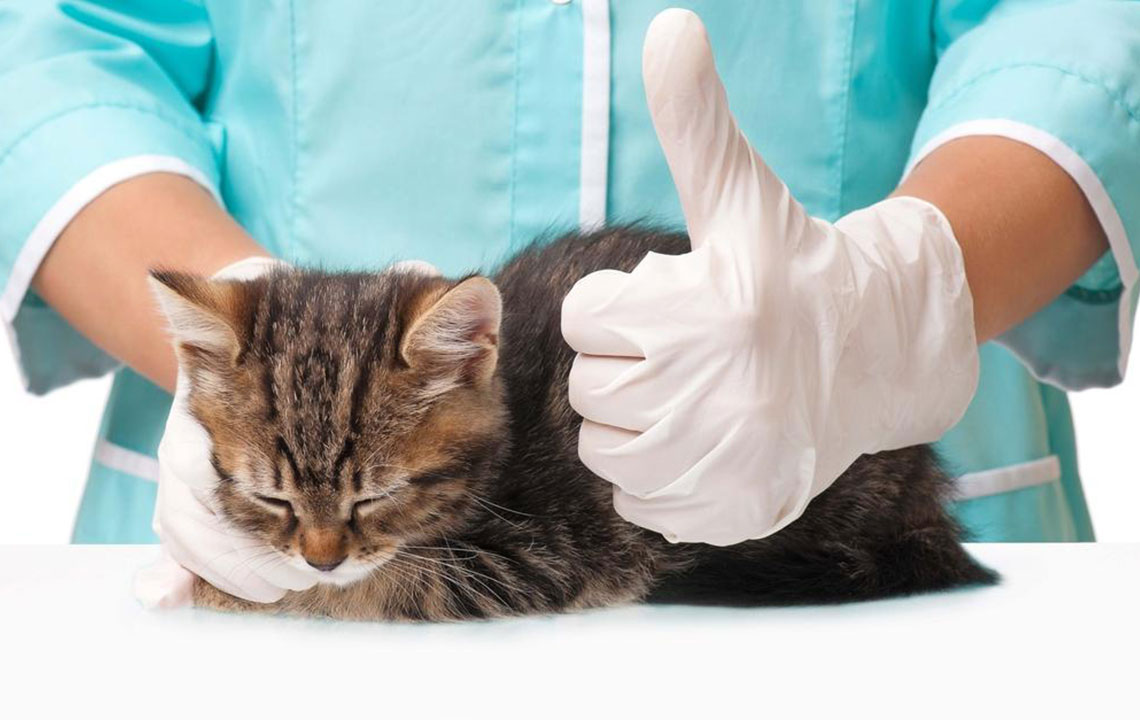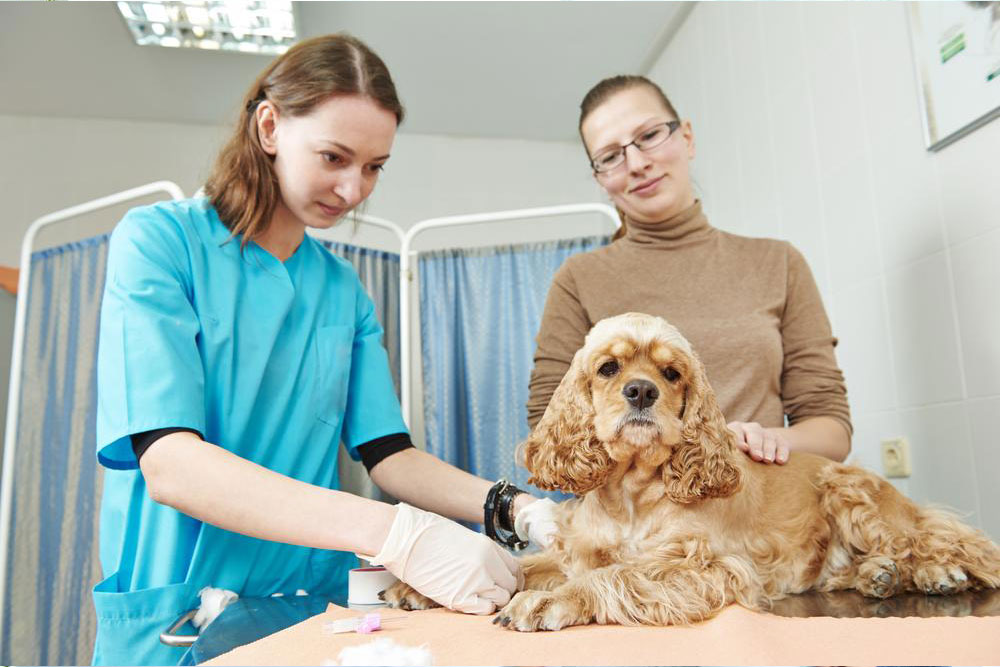Comprehensive Guide to Pet Insurance: Everything Pet Owners Need to Know
This detailed guide explores the importance of pet insurance, highlighting the rising costs of veterinary care and providing practical advice on choosing the best policy. Learn how insurance offers peace of mind, helps manage expenses, and ensures your pet receives timely medical attention. Essential for responsible pet owners, this comprehensive overview empowers you to make informed decisions about your pet’s health coverage, promoting long-term well-being and financial security.

Comprehensive Guide to Pet Insurance: Everything Pet Owners Need to Know
For dedicated pet owners, animals are more than just pets—they are beloved family members. Recognizing the significance of their health and well-being is essential, especially when unexpected health issues arise. As veterinary treatments become increasingly sophisticated and, consequently, costly, many pet owners find themselves faced with difficult financial decisions. To mitigate these expenses and ensure prompt, quality care for their pets, securing reliable pet insurance has become an important consideration.
This comprehensive guide aims to provide pet owners with in-depth insights into pet insurance. We will explore why it is a crucial investment, the key elements to consider before purchasing a policy, and how to select the best coverage tailored to your pet’s specific health needs and your budget.
Understanding the Rising Costs of Pet Healthcare
One of the primary reasons pet owners should consider investing in pet insurance is the escalating costs associated with veterinary care. Similar to human healthcare, medical treatments for pets can be expensive, especially during emergencies or chronic health conditions. Routine exams, surgeries, diagnostics, prescription medications, and specialized treatments all contribute to significant expenditures.
For example, a simple procedure like a dental cleaning might cost several hundred dollars. Meanwhile, unexpected emergencies like accidents or sudden illnesses, such as cancer or hereditary conditions, can lead to bills exceeding thousands of dollars. Without insurance, covering such expenses can strain your financial resources or even force difficult decisions like euthanasia due to financial constraints.
Therefore, understanding that pet healthcare costs are substantial and often unpredictable underscores the importance of having a reliable financial safety net in place.
The Benefits of Pet Insurance for Responsible Pet Ownership
Pet insurance provides numerous benefits, making it an essential tool for responsible pet ownership. Firstly, it offers peace of mind, allowing you to focus on your pet’s recovery and well-being instead of worrying about the financial toll of treatments. When emergency or urgent care is needed, having insurance can significantly reduce stress and facilitate swift medical interventions.
Furthermore, pet insurance helps pet owners avoid delaying necessary treatments due to financial concerns. Rapid access to veterinary services often leads to better health outcomes and quicker recoveries. Additionally, insurance can help manage ongoing veterinary expenses for chronic conditions, ensuring consistent care for your pet’s long-term health.
Beyond individual well-being, pet insurance promotes responsible pet ownership by encouraging regular vet visits for preventive care such as vaccines, check-ups, and dental cleanings. Preventive care can catch issues early, avoiding more severe health problems down the road.
How to Choose the Best Pet Insurance Policy
Choosing the right pet insurance policy requires careful research and comparison. Just like human health plans, pet insurance varies in coverage, premiums, deductibles, limits, and exclusions. Here’s what pet owners should consider:
Coverage Options: Ensure the policy covers accidents, illnesses, surgeries, diagnostic tests, medications, and preventive care if desired. Some plans also cover hereditary and chronic conditions, which are common in certain breeds.
Cost Considerations: Compare monthly premiums, deductibles, co-pays, and coverage limits. A policy with a lower premium might have higher deductibles or less extensive coverage. Balance affordability with sufficient coverage to meet your needs.
Reimbursement Percentage: Most providers reimburse 80-90% of eligible expenses. Understand the reimbursement rates and how they apply to different treatments.
Pre-Existing Conditions: Be aware that pre-existing health issues are generally not covered. Declaring your pet’s medical history accurately enables better planning for ongoing conditions.
Policy Exclusions and Limitations: Read the fine print regarding hereditary diseases, congenital conditions, or specific treatments that might be excluded.
Provider Reputation and Customer Service: Choose insurers with good reviews, responsive customer service, and transparent claim processes.
Consult your veterinarian or pet health advisors to get personalized recommendations tailored to your pet’s breed and health history.
Understanding Claims and Reimbursements
Once you’ve selected a suitable policy, understanding the claims process is vital. Most pet insurance providers require you to pay the veterinarian bills upfront and submit a claim for reimbursement.
It’s important to familiarize yourself with your policy’s coverage limits, claim submission procedures, and documentation requirements. Typically, reimbursements cover about 80-90% of eligible expenses, depending on the plan. Keep detailed medical records and receipts to facilitate swift processing.
Additionally, be aware of any annual or lifetime caps on coverage. Some policies might limit the total amount payable over the pet’s lifetime or within a year, so choosing a plan with adequate caps is essential for long-term coverage.
Additional Tips for Pet Insurance Success
To maximize the benefits of your pet insurance policy, consider the following tips:
Regular Vet Visits: Maintain routine check-ups to identify health issues early, potentially lowering the likelihood of costly treatments later.
Immediate Action on Emergencies: In case of accidents or severe symptoms, seek veterinary care promptly. Document all treatments and expenses.
Review and Update Your Policy: Periodically review your coverage to ensure it still fits your pet’s evolving needs, especially if their health status or age changes.
Stay Informed: Follow updates from your insurance provider or industry news to stay aware of policy changes, new coverage options, or discounts.
In summary, pet insurance is a vital investment that safeguards your pet’s health and your finances. By understanding the costs associated with veterinary care, carefully selecting a policy, and staying informed, you can provide your beloved pet with comprehensive health care while maintaining peace of mind. With responsible planning, pet insurance can be a life-changing resource that ensures your pet’s well-being for years to come.
For more insights on pet health and insurance, stay connected with industry experts and reliable sources. Proper planning today can save you significant stress and expenses in the future, making pet ownership a truly rewarding experience.





